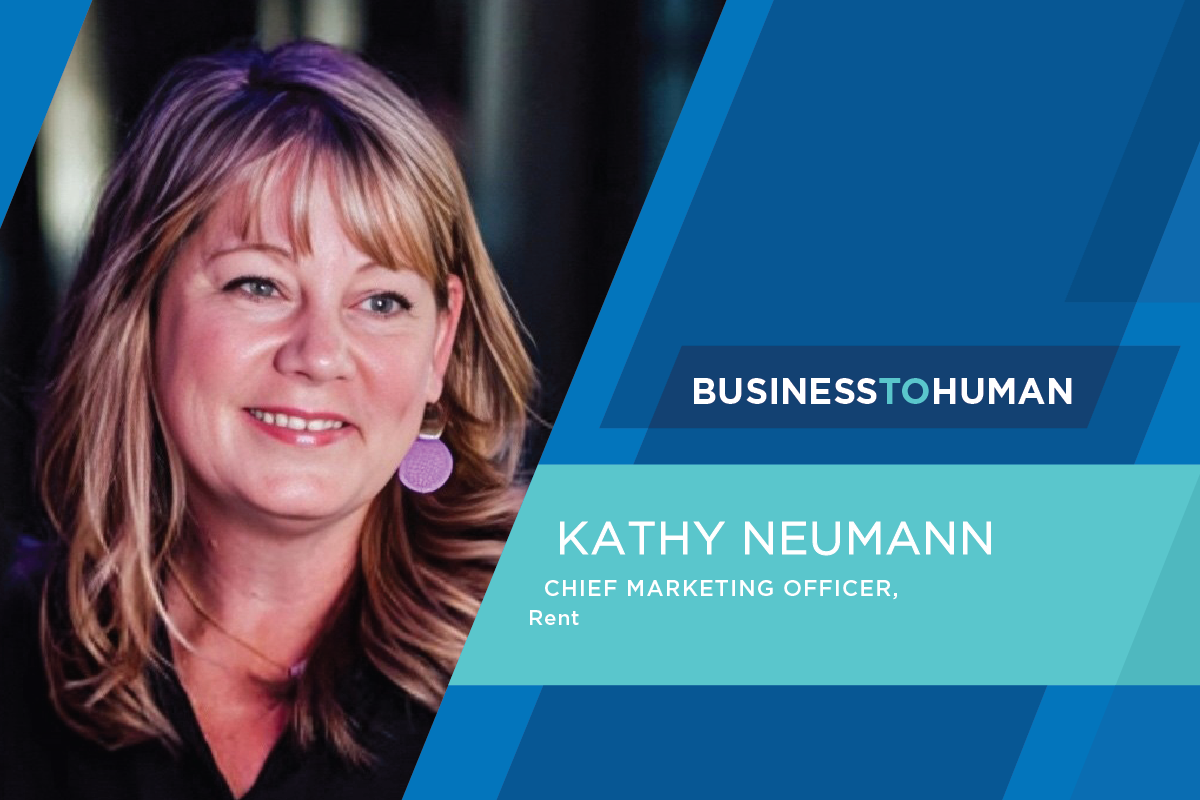Summary
Modern advertising tactics are awesome: You can reach the right person at the right time and speak directly to him or her in language that resonates. You can reach people across the street and around the world. But reaching them doesn’t mean they will come into your store and buy.
Marketing is most valuable when it can bridge the gap between shopper and seller and drive meaningful, measurable traffic. Meeting that challenge requires you to see when consumers are visiting your store and whether those visits are driven by exposure to the ads you’re putting out. Armed with this information, you can get a glimpse into which campaigns are successful and which need further refinement, informing future efforts and improving outcomes.
But making that happen takes good data — including accurate location data — and taking some important action with that data. Try these steps to get new consumers to come through your door and make a purchase and to encourage existing shoppers to visit more often.
1. Find your ideal shoppers.
As with any marketing initiative, your marketing strategy should start with the identification of your target market. Who do you hope to bring into your store? Instead of targeting a broad group with expensive ads, location data can help narrow your focus to your ideal shoppers. It can also teach you about how these shoppers move through their day, allowing you to capitalize on consistent patterns with sales and specials that advertise what customers want when they want it.
2. Measure foot traffic generated by advertising.
For your campaign to yield accurate insights into your return on investment, location data is critical. Compare the number of customers who saw or heard your ads to the number that ended up in your store, and you’ll begin to get an idea of what you need to do to get additional traffic. Gather all the additional data you can, including how far average shoppers traveled to get to your location, how much they spent during the visit, and where else they’re likely to shop in a given time period.
3. Adjust campaigns based on what’s happening locally.
From weather to store sales, you can tie your advertising campaigns to the local activity and adjust on the fly to account for what’s happening on the ground. These adjustments can also be made if certain stores are lagging in sales. Advertising can be turned up in areas where sales are soft. If stores are seeing a lot of activity, suggesting interest in a product in a specific area, advertisers can tweak their messaging to focus on that current interest. Real-time location-based advertising allows you to make adjustments at warp speed, reflecting daily or even hourly trends in buying behavior.
The numerous benefits of location-based marketing are well-documented. In fact, 87% of respondents in a survey of in-house and agency marketers reported that location data improved customer engagement and provided deeper insights into buying behavior. According to a study by Forrester, 34% of marketers1 cited inaccurate location data as a key concern.
To unlock these benefits and get help with your own location marketing strategy, check out the Valassis Consumer Graph and let us know how we can help.
1. Forrester Consulting, “Pursuing the Mobile Moment,” commissioned by Verve, June 27, 2017.



